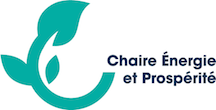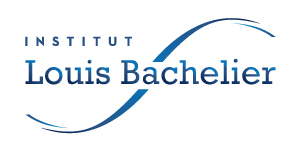Article published in Energy Policy – Vol 105 – June 2017
This paper studies merger incentives for polluting Cournot firms under a competitive tradable emission permits market. We find that when firms are symmetric and marginal costs are constant, an horizontal merger is welfare enhancing if efficiency gains are high enough for the merger to take place. The presence of a competitive (or monopolistic) outside market that also trades in the permits market makes profitable a merger that would not happen otherwise. When firms are vertically related in an input-output chain, an horizontal merger in one of the markets increases profits in the other market due to the permits price decrease. Finally we consider an oligopoly-fringe model in which firms differ in their marginal production costs. A merger between the dominant oligopolistic firms decreases the permits price and is always profitable. Such setting is relevant to assess the observed mergers between power generators in several market for permits, like the Regional Greenhouse Gas Initiative (RGGI), allowing us to derive some policy recommendations.
> Download the initial working paper (Nov. 2016)
> Buy online the published article (June 2017)
Séminaire en présence d'Adam George (SOAS, University of London). Adam George présente un modèle macroéconomique SFC environnemental britannique intégrant émissions de CO2 et investissements verts de tous les agents économiques. Le modèle trimestriel analyse l'impact des politiques énergétiques selon le rapport capital vert/capital conventionnel. Quatre scénarios fiscaux verts sont testés (2022-2035) : taxe carbone, investissement...
Le laboratoire GAEL (Grenoble Applied Economics Laboratory) et la Chaire Energie et Prospérité organisent un workshop sur l’économie de la bioénergie les jeudi 9 et vendredi 10 octobre 2025 sur le campus universitaire de Grenoble.


